The distribution, number, and certain neurochemical identities of infracortical white matter neurons in a lar gibbon (Hylobates lar) brain
- PMID: 30378128
- PMCID: PMC6465128
- DOI: 10.1002/cne.24545
The distribution, number, and certain neurochemical identities of infracortical white matter neurons in a lar gibbon (Hylobates lar) brain
Abstract
We examined the number, distribution, and immunoreactivity of the infracortical white matter neuronal population, also termed white matter interstitial cells (WMICs), in the brain of a lesser ape, the lar gibbon. Staining for neuronal nuclear marker (NeuN) revealed WMICs throughout the infracortical white matter, these cells being most numerous and dense close to cortical layer VI, decreasing significantly in density with depth in the white matter. Stereological analysis of NeuN-immunopositive cells revealed a global estimate of ~67.5 million WMICs within the infracortical white matter of the gibbon brain, indicating that the WMICs are a numerically significant population, ~2.5% of the total cortical gray matter neurons that would be estimated for a primate brain the mass of that of the lar gibbon. Immunostaining revealed subpopulations of WMICs containing neuronal nitric oxide synthase (nNOS, ~7 million in number, with both small and large soma volumes), calretinin (~8.6 million in number, all of similar soma volume), very few WMICs containing parvalbumin, and no calbindin-immunopositive neurons. These nNOS, calretinin, and parvalbumin immunopositive WMICs, presumably all inhibitory neurons, represent ~23.1% of the total WMIC population. As the white matter is affected in many cognitive conditions, such as schizophrenia, autism and also in neurodegenerative diseases, understanding these neurons across species is important for the translation of findings of neural dysfunction in animal models to humans. Furthermore, studies of WMICs in species such as apes provide a crucial phylogenetic context for understanding the evolution of these cell types in the human brain.
Keywords: RRID: AB_10000321; RRID: AB_10000340; RRID: AB_10000343; RRID: AB_11204707; RRID: AB_91824; ape brain; cortical evolution; immunohistochemistry; neurochemistry; primate brain; white matter neurons.
© 2018 Wiley Periodicals, Inc.
Conflict of interest statement
Figures
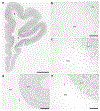
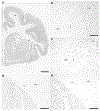


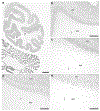
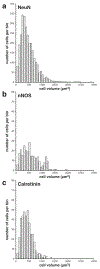
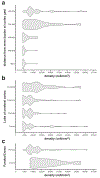


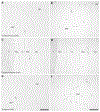





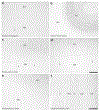
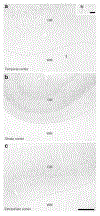
References
Publication types
MeSH terms
Supplementary concepts
Grants and funding
LinkOut - more resources
Full Text Sources
Research Materials
Miscellaneous

